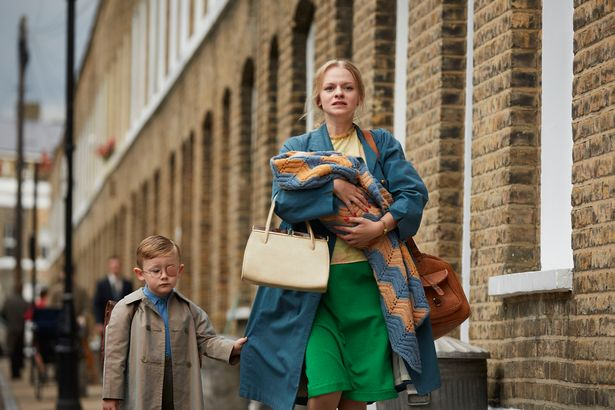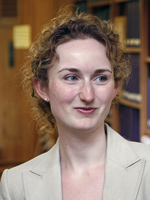Set in 1962, the opening episode sees the midwives drawn into helping Trudy, a heavily pregnant mother whose husband has just been released from prison for extortion. As the problems below the surface of their marriage become clear, Trudy appears to have no clear way out as her rights were called into question over those of her husbands.
Emma Hitchings, a Senior Lecturer in the Law School is an expert in the field of family law and was approached by the BBC to provide historical context.
“I provided advice on a range of legal options available to families, and in particular, women at this time. The BBC’s portrayal of such issues is an important reminder of how far family law has come since the 1960s – but equally how the 1960s marked a shift in attitudes towards the breakdown of marriage.”
In this episode the husband demanded custody of the children, with immediate effect, when Trudy left the family home. In this instance, help came in the form of the midwives who helped her get a place in a hostel for women, get financial support and ultimately be awarded custody of her children.
The story line highlighted the following issues:
- In 1962 either party (husband or wife) would have been able to petition for divorce on the ground of adultery, the other’s cruelty, desertion for 3 years or supervening incurable insanity. However, cruelty was hard to prove.
- Whilst a marriage was subsisting the wife was denied legal parental authority over her own children. Therefore, if the parents of a child remained married, the father could, in theory, use his power to threaten the mother, by removing them from her.
- In 1962, the court had no power to order a transfer of the house or any other capital and it could therefore be difficult for a woman to acquire another place to live.
- Whilst legal aid was made available for proceedings in the High Court from October 1950, it was only made available for representation in family proceedings in the magistrates’ courts from May 1961.
“In 1962 attitudes to divorce were starting to change. Divorces had risen from over 8,000 in 1939 to nearly 30,000 in 1962 – an increase that can be attributed factors such as access to legal aid; attitude of society to divorced spouses being more relaxed and some religious bodies taking a far less rigid stance.”
In 1966, shortly after this episode was set, the Archbishop of Canterbury appointed a group to consider the role of divorce in society at that time. In its final report, the group advocated that divorce should be based on a single concept – breakdown of the marriage. This is the beginnings of the law that we have today – one ground of ‘irretrievable breakdown’.
Dr Hitchings, whose research spans financial remedies, family mediation, marital property agreements and litigants in person, also viewed draft scenes and suggested changes so they would correspond accurately with the law at that time.

